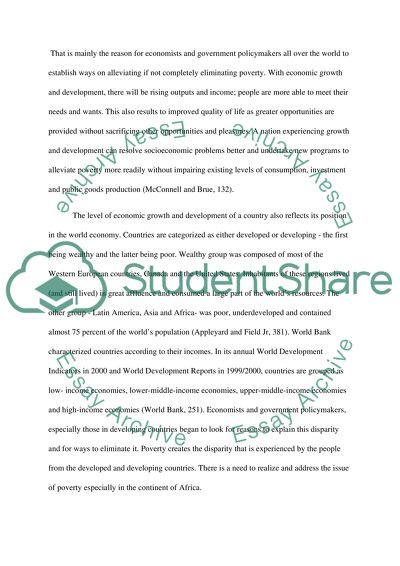Cite this document
(“Economic Inequality Macro and Microeconomics Essay”, n.d.)
Economic Inequality Macro and Microeconomics Essay. Retrieved from https://studentshare.org/macro-microeconomics/1437305-economic-inequality
Economic Inequality Macro and Microeconomics Essay. Retrieved from https://studentshare.org/macro-microeconomics/1437305-economic-inequality
(Economic Inequality Macro and Microeconomics Essay)
Economic Inequality Macro and Microeconomics Essay. https://studentshare.org/macro-microeconomics/1437305-economic-inequality.
Economic Inequality Macro and Microeconomics Essay. https://studentshare.org/macro-microeconomics/1437305-economic-inequality.
“Economic Inequality Macro and Microeconomics Essay”, n.d. https://studentshare.org/macro-microeconomics/1437305-economic-inequality.


